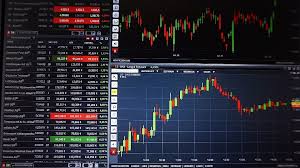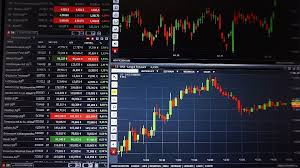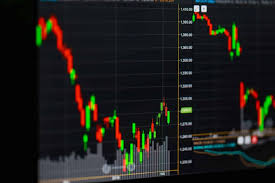
In the fast-paced world of online trading, forex trading servers Latin America Trading has emphasized the importance of robust infrastructure, particularly in foreign exchange (Forex) trading. At the heart of this infrastructure lie Forex trading servers, which are pivotal for executing transactions swiftly and securely. This article will delve deep into the intricacies of Forex trading servers, their types, how they operate, and why they matter to both novice and seasoned traders.
What Are Forex Trading Servers?
Forex trading servers are specialized systems that facilitate the execution of trades in the foreign exchange market. These servers are crucial for brokerages and traders alike, ensuring that transactions are carried out efficiently and without unnecessary delays. The effectiveness of these servers can significantly influence the trading experience, impacting everything from trade execution speed to decision-making capabilities.
Types of Forex Trading Servers
Understanding the different types of Forex trading servers can help traders choose the right platform for their needs. The primary types are:
- Dedicated Servers: These are physical servers allocated to a single broker. They offer high performance and security, making them an ideal option for high-volume traders and algorithmic trading.
- Virtual Private Servers (VPS): VPSs provide traders with a dedicated environment within a shared server framework. They are cost-effective and particularly useful for traders who require constant connectivity and have automated trading strategies.
- Cloud-Based Servers: With advancements in technology, many Forex brokers have shifted to cloud-based solutions. Such servers are scalable and flexible, offering traders significant advantages in terms of reliability and accessibility.
How Forex Trading Servers Operate

Forex trading servers operate by connecting traders to liquidity providers. When a trader places an order, the server communicates with the broker, who then routes the order to the liquidity provider. This entire process happens in milliseconds, emphasizing the need for ultra-reliable and fast servers.
Key operational components include:
- Order Matching: Servers match buy and sell orders seamlessly, ensuring that trades occur at the best possible prices.
- Data Storage: They store vast amounts of data related to trades, pricing, and market movements, which is crucial for analytics and strategy development.
- Market Access: With high-speed connections to various liquidity providers, Forex servers enable traders to access competitive pricing and execute trades quickly.
Benefits of Quality Forex Trading Servers
High-quality Forex trading servers can offer several advantages that can enhance a trader’s experience:
- Speed: Fast execution speeds minimize slippage and ensure trades are executed at the desired price.
- Security: Quality servers incorporate advanced security measures, protecting trader data and funds from potential threats.
- Reliability: Uptime is critical in Forex trading. Reliable servers ensure that traders can access the market whenever they need to.
- Support for Automation: Many traders use automated trading systems, which require stable servers to function effectively. Quality servers can support these systems without interruption.
Choosing the Right Forex Trading Server

Selecting the right Forex trading server can profoundly affect your trading performance. Here are some factors to consider:
- Location: The geographical location of the server can impact latency. Choosing servers located closer to your trading center can enhance speed.
- Performance: Before committing, consider the performance metrics of the server, including execution speed and uptime records.
- Cost: While cost is a factor, it shouldn’t be the only consideration. Assess the value provided relative to the pricing structure.
- Customer Support: 24/7 customer support is essential, especially in the volatile Forex market.
Tips for Optimizing Your Experience with Forex Trading Servers
Once you’ve selected a Forex trading server, there are steps you can take to optimize your trading experience:
- Use a Wired Connection: For consistent and reliable performance, a wired internet connection is recommended over Wi-Fi.
- Monitor System Performance: Regularly check your server’s performance to ensure that there are no disruptions during trading hours.
- Test with a Demo Account: Before trading with real money, use a demo account to familiarize yourself with the trading environment and server performance.
- Stay Informed: Keep abreast of technological advancements in trading servers, as the industry evolves rapidly.
Conclusion
Forex trading servers play a critical role in the efficiency and effectiveness of online trading. Understanding the various types and their functionalities can help traders make an informed decision when choosing their trading infrastructure. As the Forex market continues to grow and evolve, having a reliable and robust server will remain a cornerstone of successful trading strategies. With the right server, traders can enhance their trading experience, optimize their strategies, and ultimately improve their performance.


